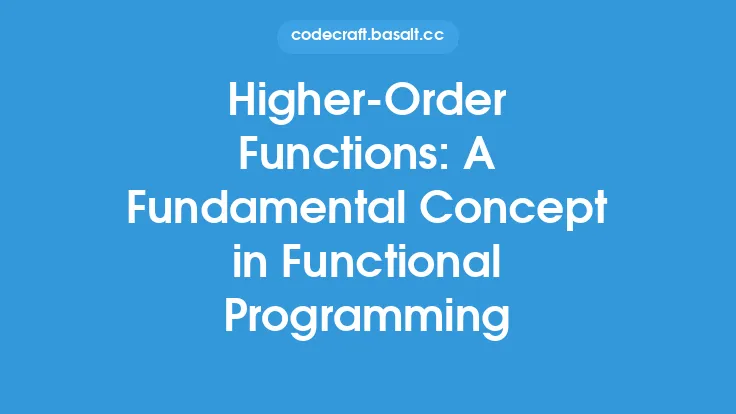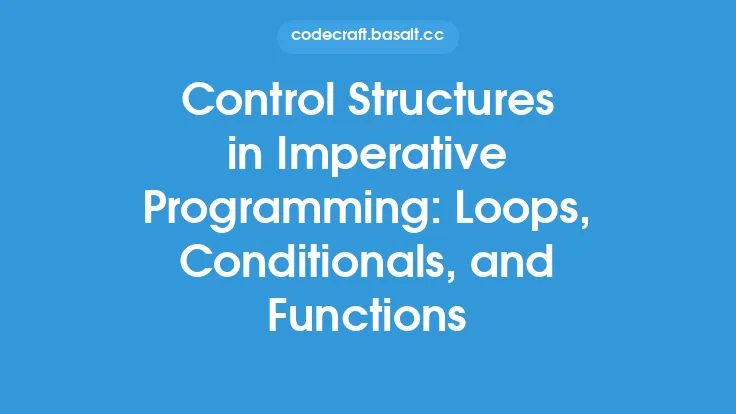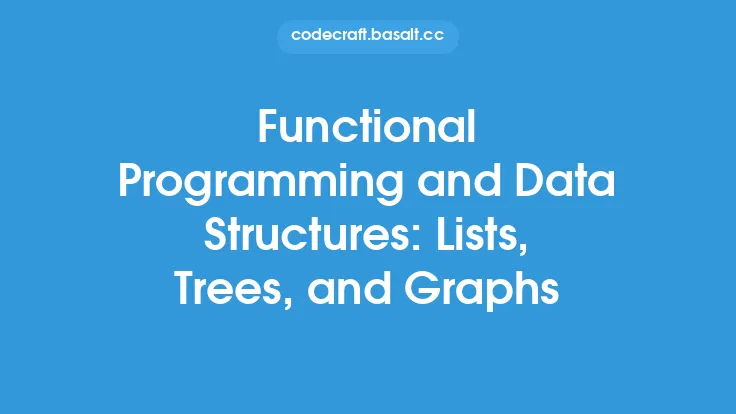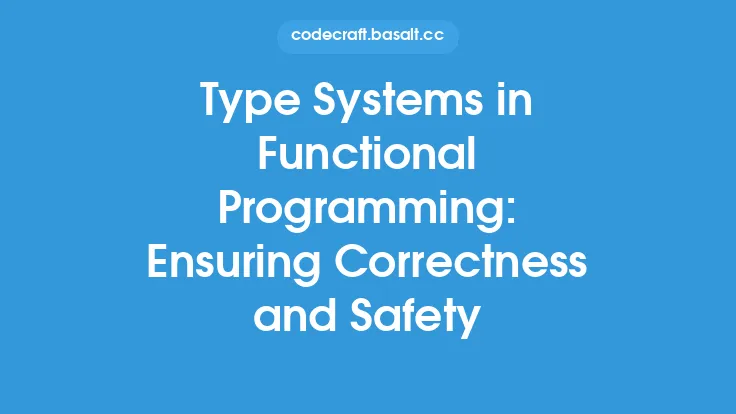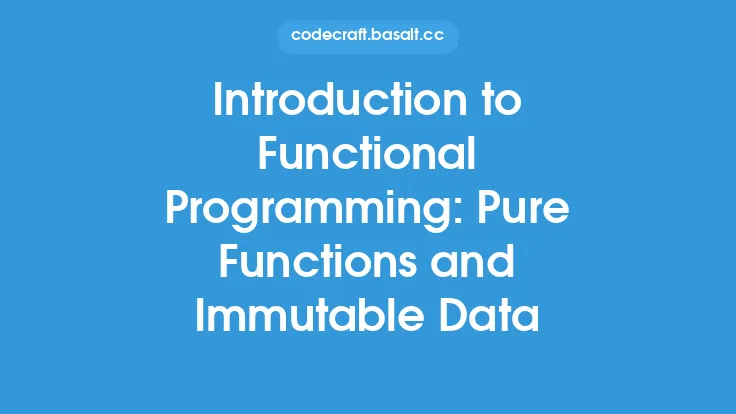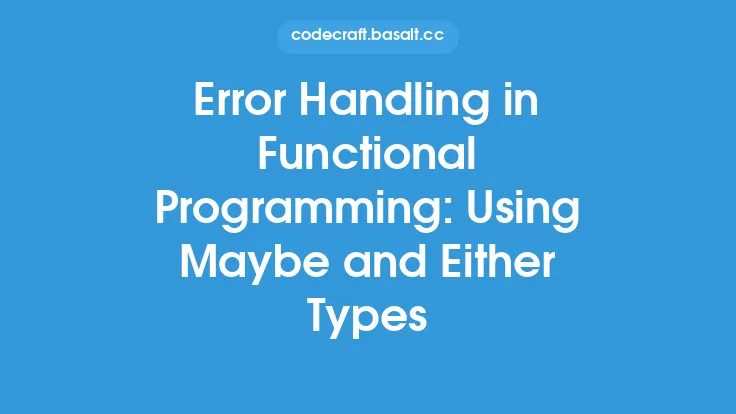Functional programming is a paradigm that emphasizes the use of pure functions, immutability, and the avoidance of changing state. At the heart of functional programming are three essential functions: Map, Filter, and Reduce. These functions are used to process and transform data in a declarative way, making code more concise, composable, and easier to reason about.
Introduction to Map
The Map function is a higher-order function that applies a given function to each element of a collection, returning a new collection with the results. It is a fundamental function in functional programming, as it allows for the transformation of data without modifying the original collection. The Map function takes two arguments: a function and a collection. The function is applied to each element of the collection, and the results are collected into a new collection. For example, if we have a list of numbers and we want to double each number, we can use the Map function to achieve this.
Introduction to Filter
The Filter function is another essential function in functional programming. It is used to create a new collection with all elements that pass a test implemented by a provided function. The Filter function takes two arguments: a function and a collection. The function is applied to each element of the collection, and if the function returns true, the element is included in the new collection. If the function returns false, the element is excluded. For example, if we have a list of numbers and we want to get all the even numbers, we can use the Filter function to achieve this.
Introduction to Reduce
The Reduce function is a higher-order function that applies a function against an accumulator and each element in the array (from left to right) to reduce it to a single output value. The Reduce function takes two arguments: a function and a collection. The function is applied to the first two elements of the collection, then to the result and the next element, and so on, until the collection is exhausted. The final result is the accumulated value. For example, if we have a list of numbers and we want to calculate the sum of all the numbers, we can use the Reduce function to achieve this.
Using Map, Filter, and Reduce Together
One of the most powerful aspects of functional programming is the ability to compose functions together to solve complex problems. Map, Filter, and Reduce can be used together to process and transform data in a declarative way. For example, if we have a list of objects and we want to get the sum of all the prices of the objects that have a certain property, we can use the Filter function to get the objects that have the property, then use the Map function to get the prices of the objects, and finally use the Reduce function to calculate the sum of the prices.
Real-World Applications of Map, Filter, and Reduce
Map, Filter, and Reduce have many real-world applications. They can be used to process and transform data in a variety of domains, such as finance, science, and engineering. For example, in finance, Map, Filter, and Reduce can be used to process and analyze large datasets of financial transactions. In science, they can be used to process and analyze large datasets of experimental data. In engineering, they can be used to process and analyze large datasets of sensor data.
Implementing Map, Filter, and Reduce
Map, Filter, and Reduce can be implemented in a variety of programming languages, including JavaScript, Python, and Haskell. The implementation of these functions varies depending on the language and the specific use case. However, the basic idea behind these functions remains the same: to process and transform data in a declarative way. For example, in JavaScript, the Map function can be implemented using the `Array.prototype.map()` method, the Filter function can be implemented using the `Array.prototype.filter()` method, and the Reduce function can be implemented using the `Array.prototype.reduce()` method.
Benefits of Using Map, Filter, and Reduce
Using Map, Filter, and Reduce has several benefits. They make code more concise, composable, and easier to reason about. They also make code more efficient, as they avoid the need for explicit loops and conditional statements. Additionally, they make code more declarative, as they specify what the code should accomplish, rather than how it should accomplish it. This makes code more readable, maintainable, and reusable.
Conclusion
In conclusion, Map, Filter, and Reduce are essential functions in functional programming. They are used to process and transform data in a declarative way, making code more concise, composable, and easier to reason about. They have many real-world applications and can be implemented in a variety of programming languages. Using Map, Filter, and Reduce has several benefits, including making code more efficient, declarative, and reusable. As functional programming continues to grow in popularity, understanding Map, Filter, and Reduce is crucial for any programmer who wants to write efficient, composable, and reusable code.
